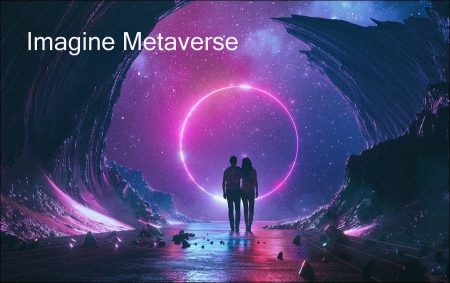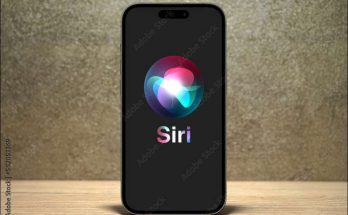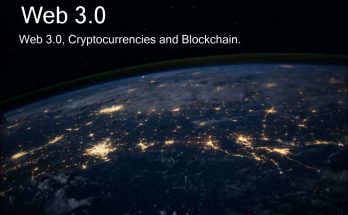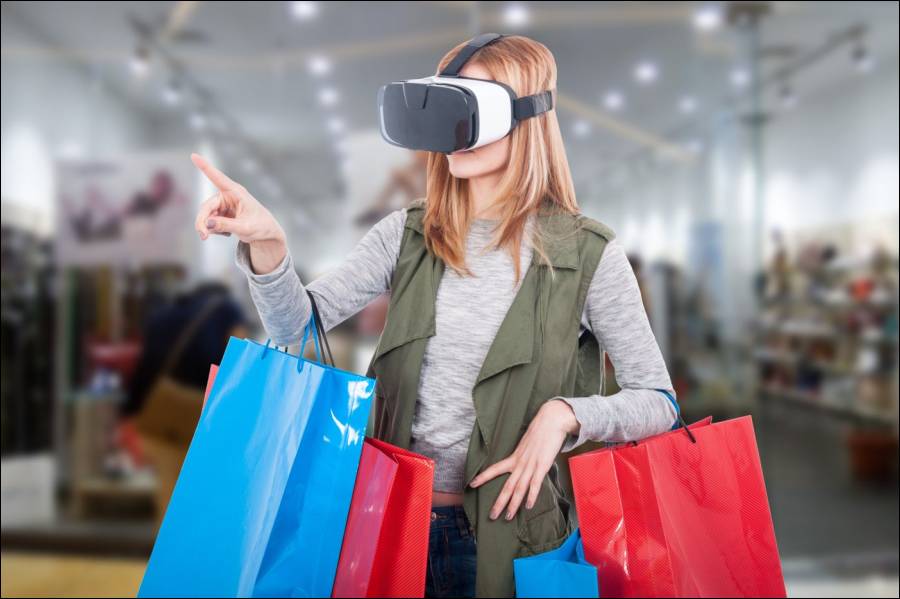The internet, which was founded in the 1950s, continued to develop until the late 80s, and took its current form in 1989, has since increased its weight in both social and economic life.
The internet, which emerged from the need for communication and spread to all areas of our lives with the structure it contains, first changed the economic life by providing fast and easy access to information. In this period called Web 1.0, users consisted of idle actors who only accessed information unilaterally. This period, defined as the read-only web, where information flow is one-way and limited to a structure similar to a broadcast band, underwent a major change in the 2000s with web 2.0.
In this period, which is called the social web, actors interacted and started a two-way flow of information, not one-way. With the development of structures such as e-commerce sites, social media platforms and messaging applications, the communication requirements needed in social and economic life have been achieved in a faster and more sophisticated manner. In this period, while advertising activities were transferred to the internet through channels such as television and radio, which are the main channels, it became common for commerce and access to information to be carried out over the internet.
With Web 3.0, the door of the smart and virtual world was opened with artificial intelligence techniques. Thanks to web 3.0, where the content offered to users is specially produced by software, payment transactions can be realized with smart contracts using the blockchain infrastructure, payment protocols are connected to a system and automation processes are accelerated in all processes.
While the first emergence of the Internet could be summarized as a one-sided broadcast tape, it has reached a much broader digital structure by taking on an interactive structure with e-mail and blogs and absorbing the traditional structure. With Web 3.0, automation of all production, payment and consumption stages is possible.
With the transition to the so-called “internet of things”, where all physical devices and goods are connected to a certain network and interact and communicate with each other, the web technology in which real and virtual are intertwined over augmented reality can be expressed as web 3.0. Among its most important features, it can be stated that the need for hardware is replaced by networks and clouds, and the need for individuals or institutions is transferred to artificial intelligence.
The word metaverse, with its meaning beyond the universe, refers to the virtual reality reached with augmented reality technology and the digital universe where people can spend their time. The phenomenon that separates the structure that we are in and that we describe as reality from dreams and dreams emerges with a certain consistency and our power to control it with our feelings. The web seems to have achieved this stability somehow, both with its own developments and with its broadband internet speed, artificial intelligence applications and algorithms.
An activity started in the web environment can be used in a stable manner in a structure that can be continued from where it left off in the next process. The lack of virtual reality until now was the necessary connection point for integrating our senses, our tools for perceiving the world, which we call real, into this digital universe. As augmented reality, which begins by appealing to our senses of sight, appeals to our other senses, the line that separates the world we call real from the virtual world will begin to disappear.
The main problem of economics is limited resources; and because the needs are endless, it forces the economic units to make decisions and puts them on a path where each decision causes an alternative cost. However, this may change with the virtual world. Although there are difficulties that make life meaningful, the virtual world contains opportunities for human beings who will have the opportunity to realize themselves easily.
We may encounter a consumer who can spend all his income in the virtual world after living a minimalist life in the world he calls real and reaching the minimum subsistence requirements. This is not only limited to an area where he can spend his income, but also includes a structure where he can earn his income. What we call money is a tool that people use to shop, store unit of account and value. The important thing here is trust and acceptance. As long as people trust and accept something as money, this physical or digital thing we are talking about can be used as money.
With the virtual world, people may encounter a universe where they can earn income from the currencies of this digital world and at the same time spend their income in this virtual world, depending on their characteristics. We are faced with a virtual world that touches on every point of economic activities from education to health, from business life to private life, and invites almost all of the life we call real into itself.
Hits: 112



